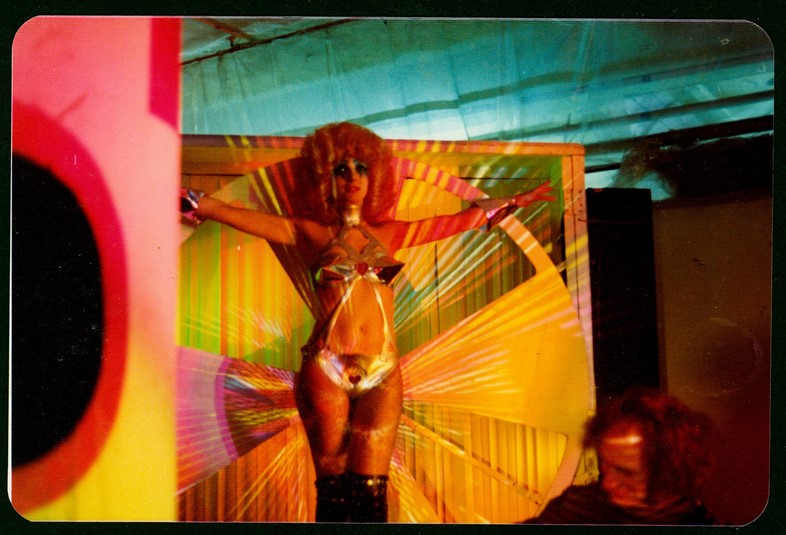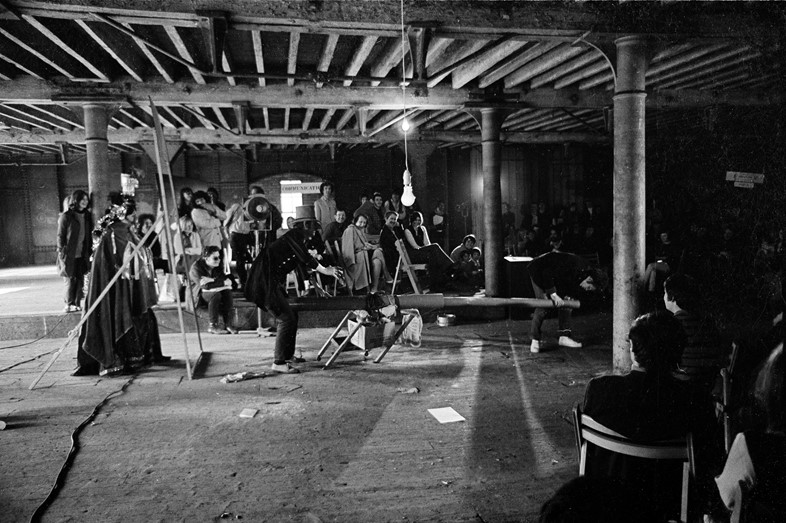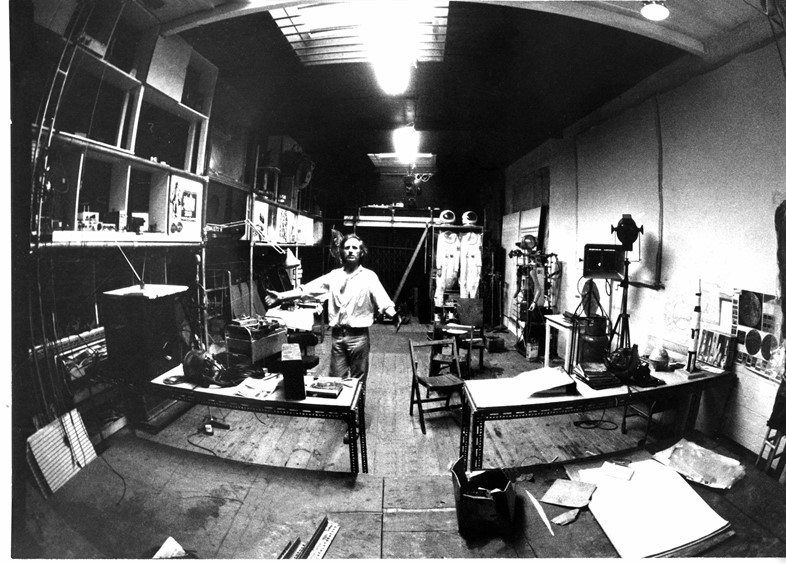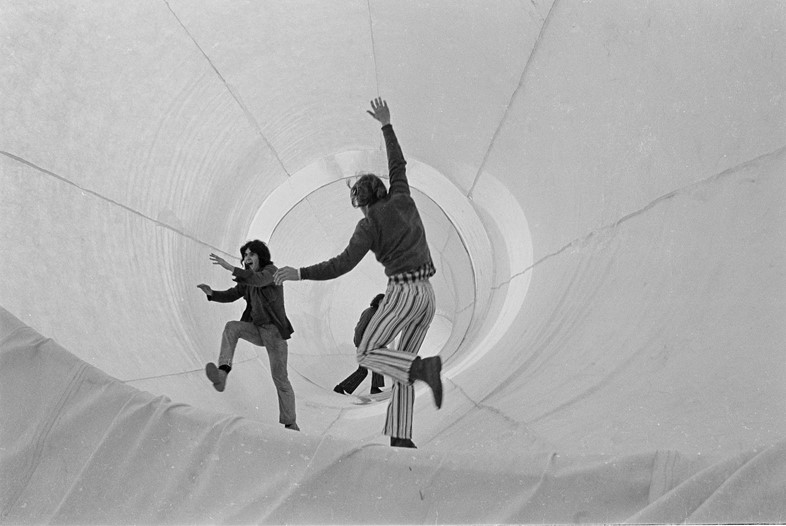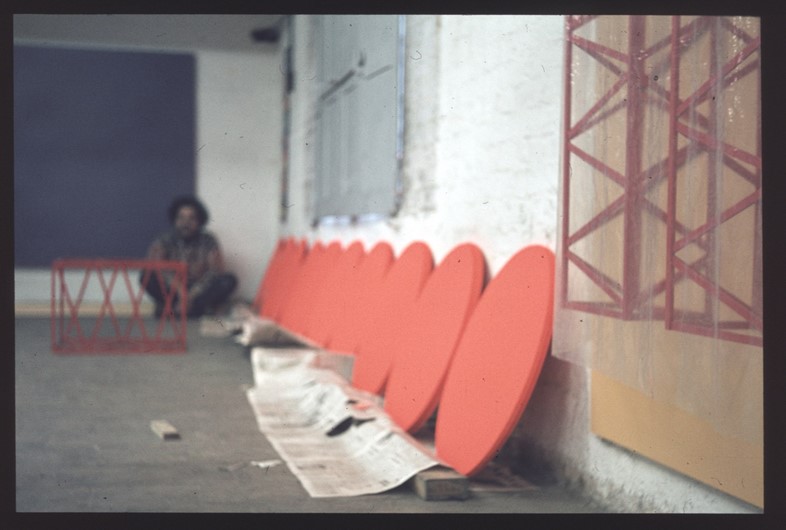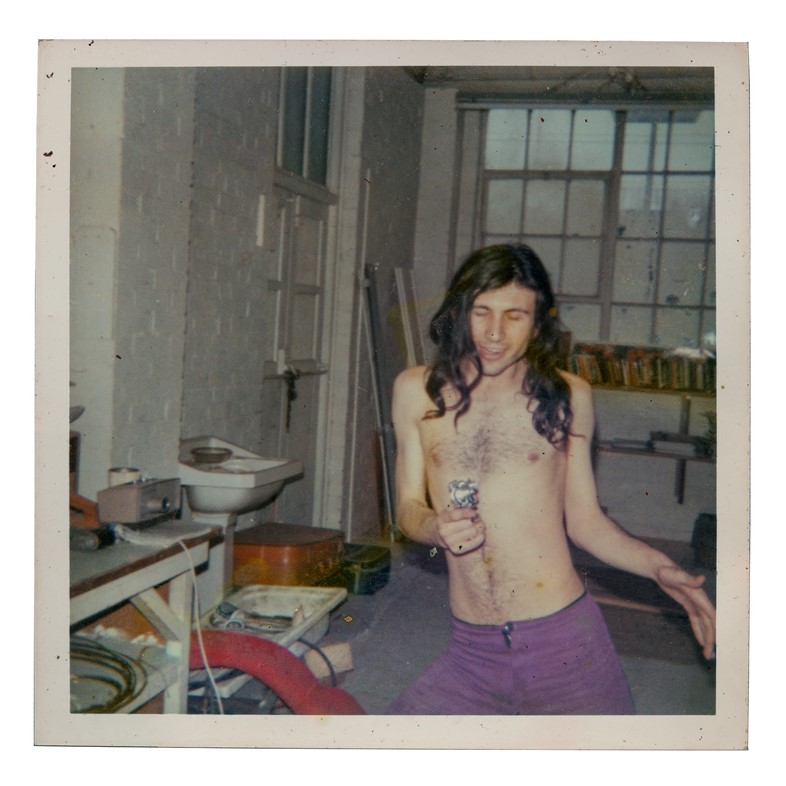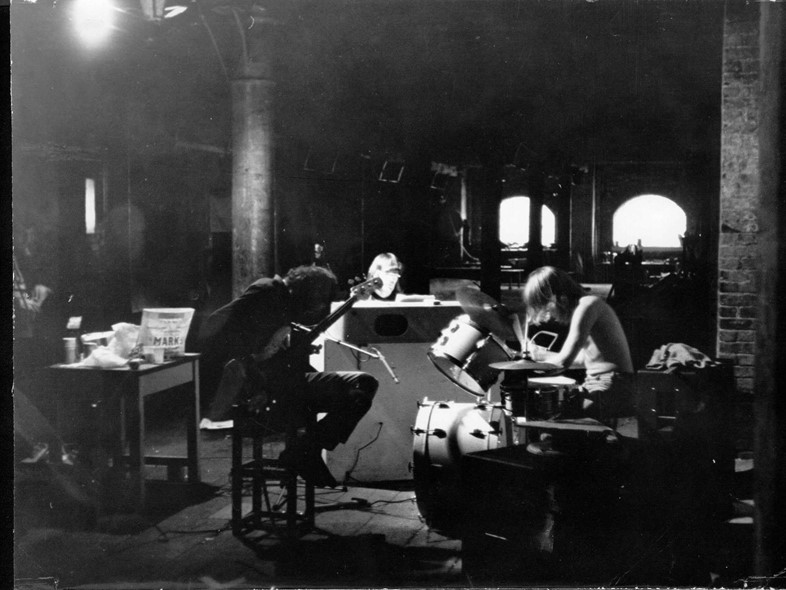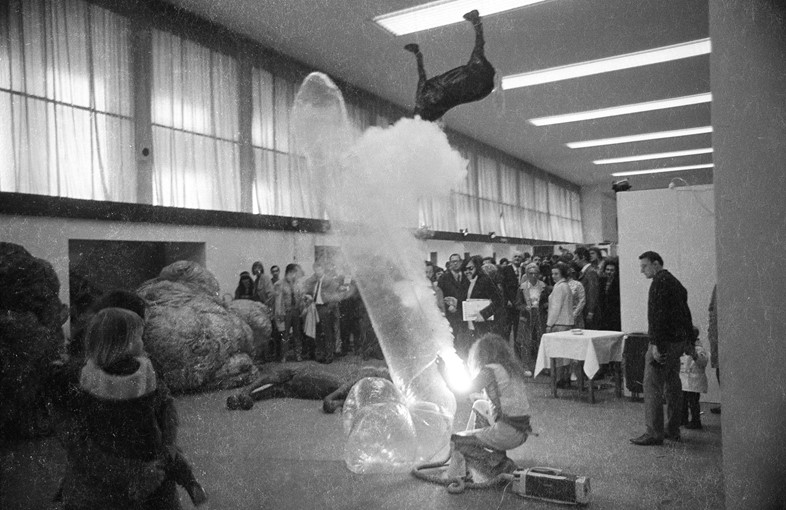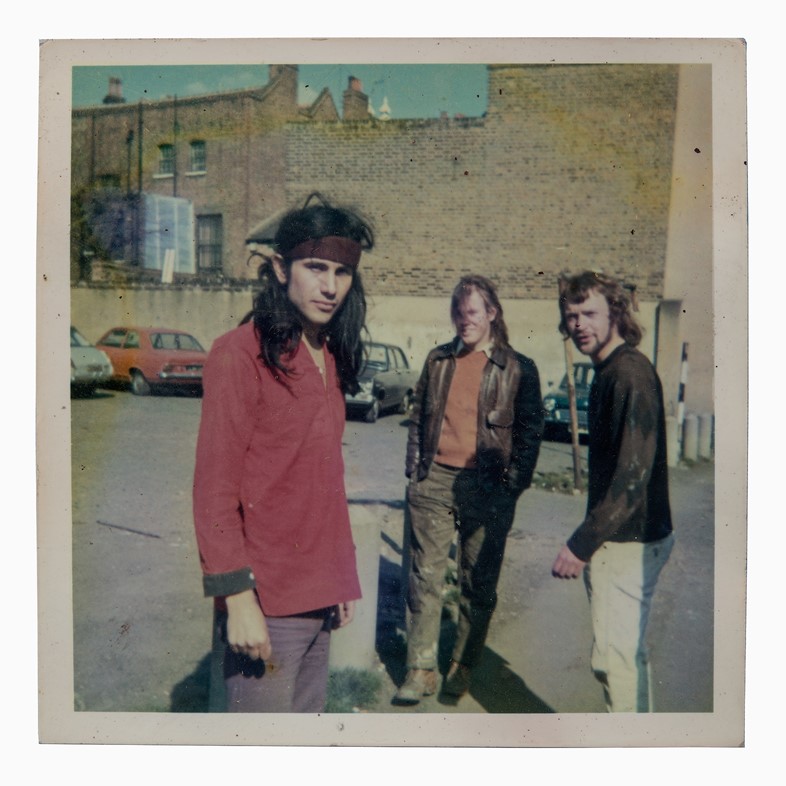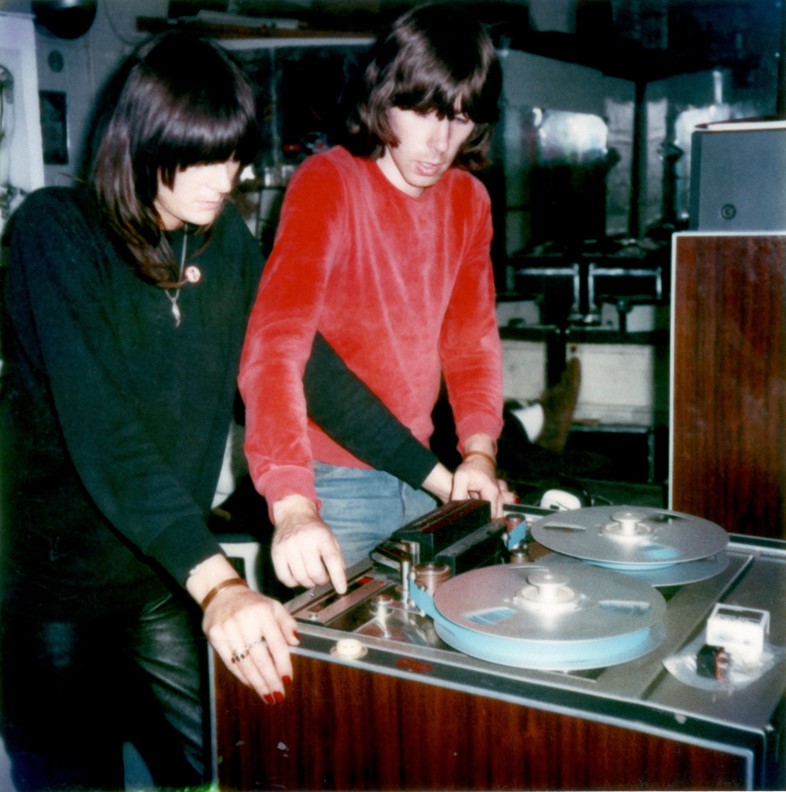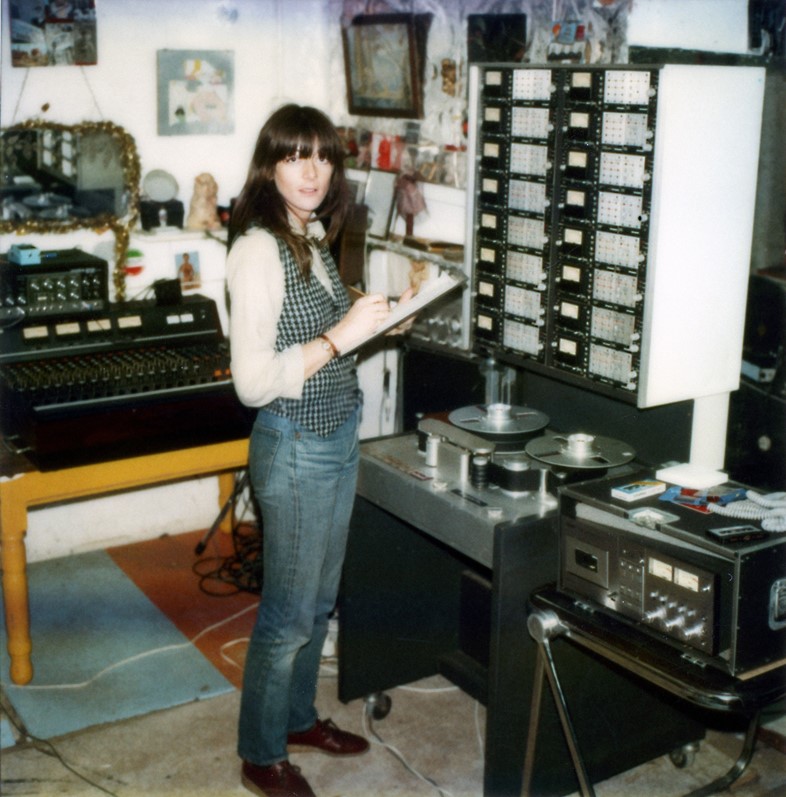An artist’s studio is often as significant a thing as the work produced within its walls – the furniture and ephemera kept in it seems to soak up its owner’s intentions, like relics left over from the creative process. The importance of a space in which to work cannot be understated, a fact which makes the raison d’être of organisations like SPACE crucial to creatives working in today’s art world. Since 1968, SPACE has been providing workspaces and creative support for artists working in London, and in celebration of its 50th anniversary, a new publication entitled Artists in the City: SPACE in 68 and Beyond chronicles one of its most crucial and pioneering periods, from 1968 to 1975, through essays by some of its artists – think Bridget Riley and Peter Sedgley, who founded the organisation – and photographs of them in their studios during this time.
Unique in its roots as an artist-led organisation, SPACE’s agenda is firmly on the side of the creator. Its original spaces in London’s Tower Hamlets docklands were frequented by The Beatles and The Rolling Stones and allowed for a sense of freedom in creating work, meaning that artists could be more challenging, experimental and extraordinary in unprecedented ways. This energy was representative of the excitement of the 60s and an anarchic approach to making art, which is easily gleaned upon looking through the photography documented in Artists in the City. Whether it’s students engaging with Graham Stevens’ gargantuan inflatable, immersive artworks, Chris Carter and Cosey Fanni Tutti working machinery together in 1979, or Bruce Lacey sat in his compellingly chaotic studio, each photograph speaks to a time of uninhibited creativity, and offers a glimpse into the processes of some of the period’s most iconic British artists.
